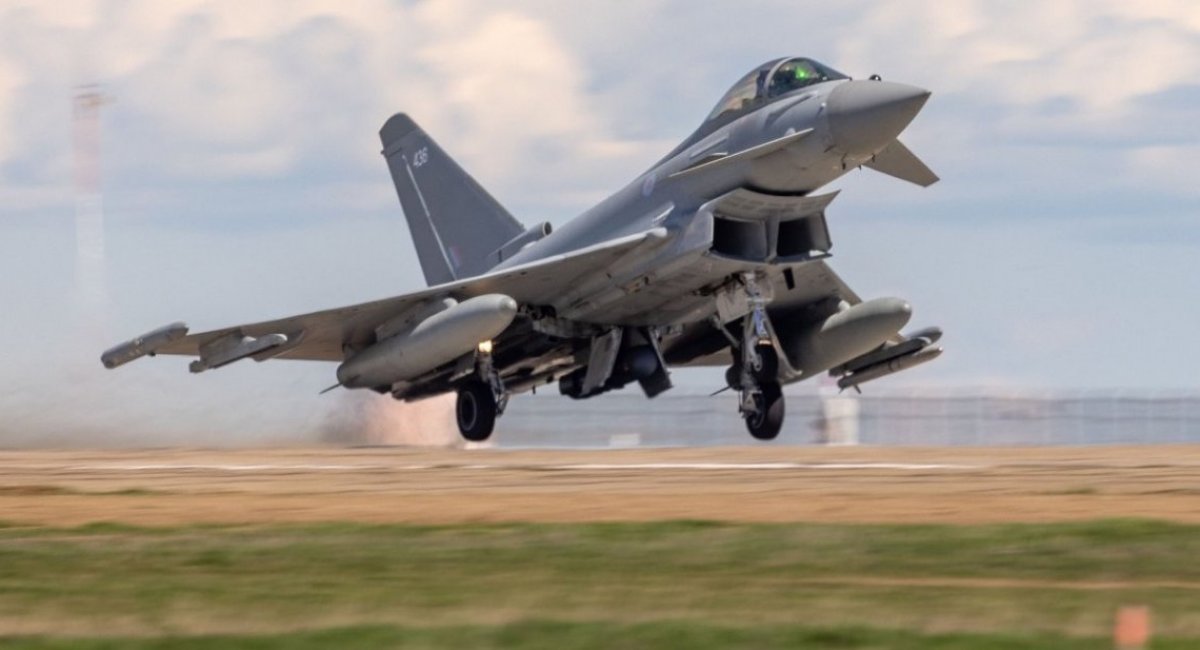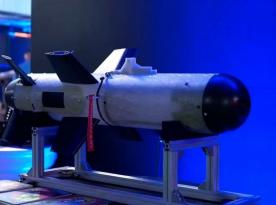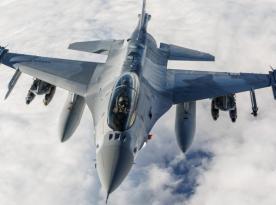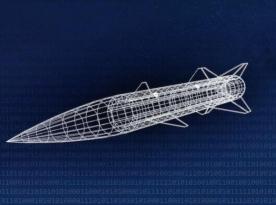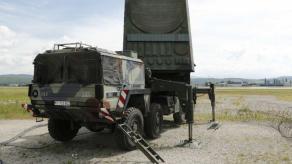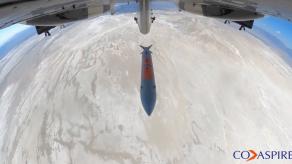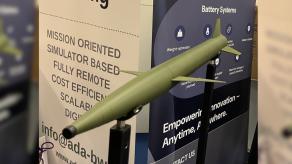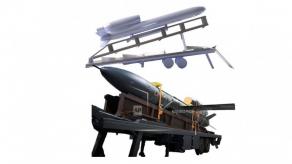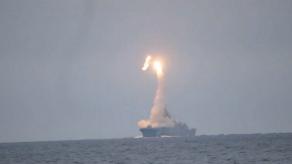While global demand for defense products is booming, production of the Eurofighter Typhoon in the UK has come to a near standstill due to a lack of new orders. This specifically concerns the British final assembly line, which is about to shut down once the last aircraft for Qatar—originally ordered in 2017—is completed.
According to Financial Time, only a few components and paintwork remain before the production line effectively stops, despite earlier statements about ramping up output.
Read more: The Latest Altius-RU UAV Intended for Kh-35U Missile Strikes Crashes in russia's Tatarstan
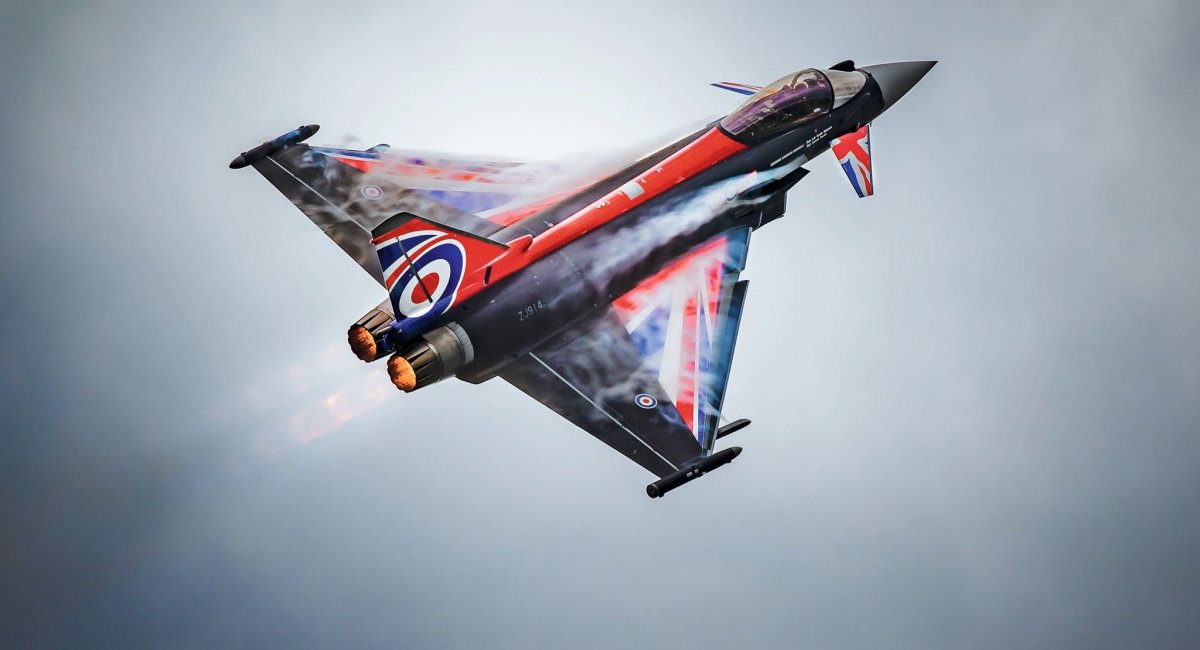
This looming halt had already been flagged back in March 2025, when it became clear the UK had no intention of ordering additional Typhoons. Since then, London has confirmed the purchase of 12 U.S.-built F-35As instead. Meanwhile, there are no new export deals: Germany is blocking sales to Saudi Arabia, and Qatar has made no announcements regarding further acquisitions.
One possible lifeline is Turkey, which recently received German approval to purchase Typhoons after years of delays. However, no deal has been signed yet, and Ankara could ultimately opt for a different platform.
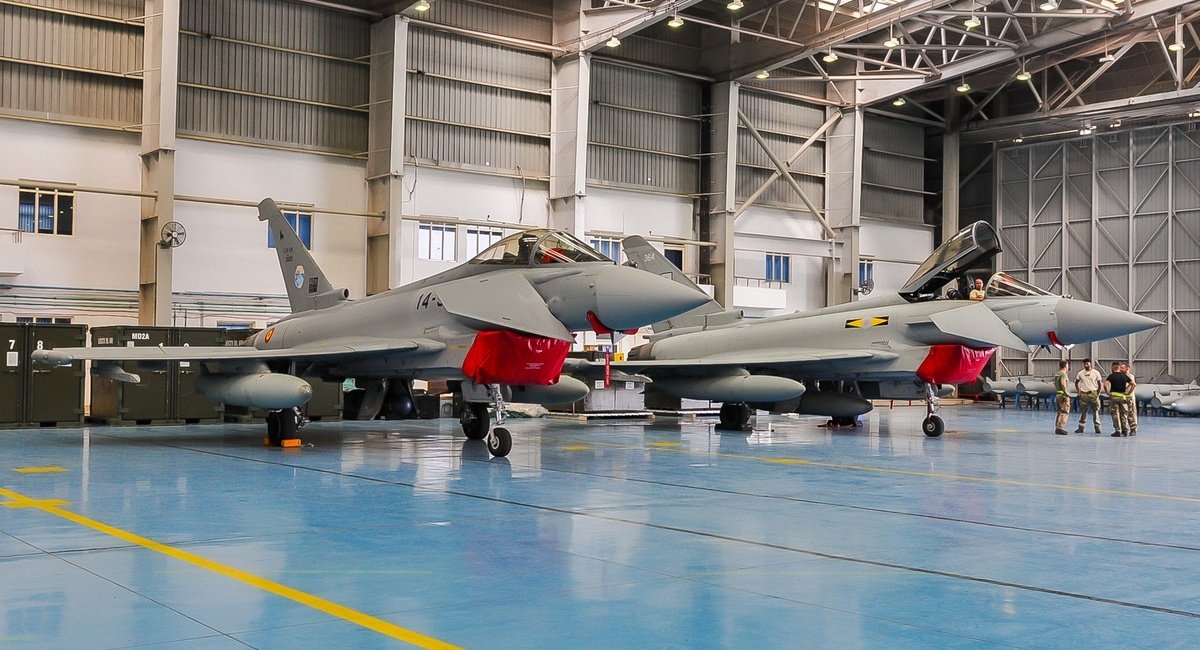
While BAE Systems in the UK still manufactures forward fuselage sections for all Eurofighter customers, final assembly lines also exist in Germany and Italy. Thus, it’s Britain’s own production capacity that is under threat—a critical issue given the ongoing development of the sixth-generation GCAP (Global Combat Air Programme) fighter.
The last order of Typhoons for the Royal Air Force dates back to 2009. While the current fleet is undergoing upgrades and will remain in service, there are no plans to expand it.
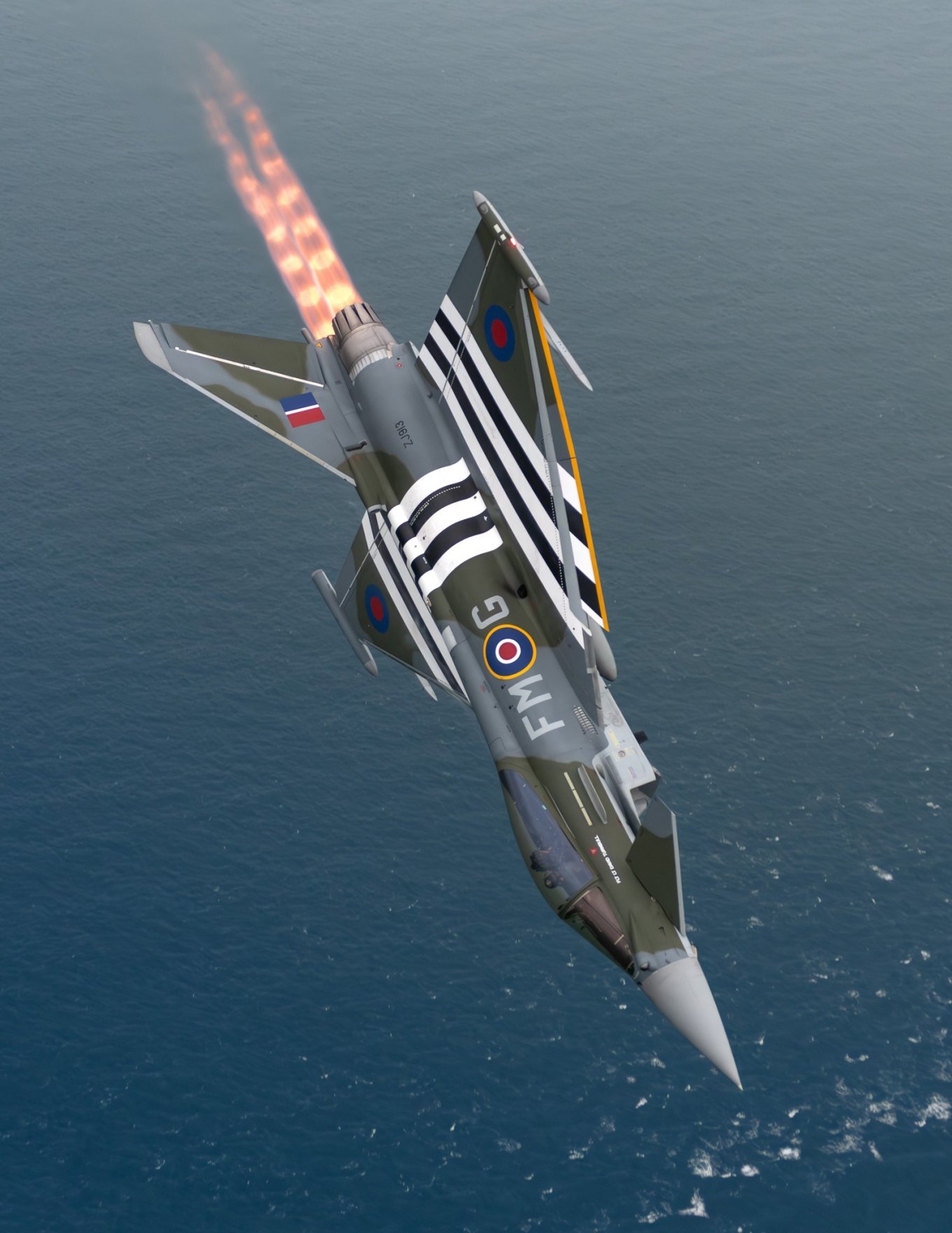
Although some may argue that a production pause is manageable, it could lead to layoffs and possibly the dismantling of assembly lines. Since the GCAP fighter hasn’t even flown yet, there is a real risk of losing industrial capability—and potentially an entire aerospace manufacturing sector.
The UK has already lost other key defense production capabilities, such as tank manufacturing, tank ammunition, and artillery barrels. The first two led to reductions in available systems and forced adaptations to foreign weapons, while artillery barrel production was only revived through substantial investment and time.
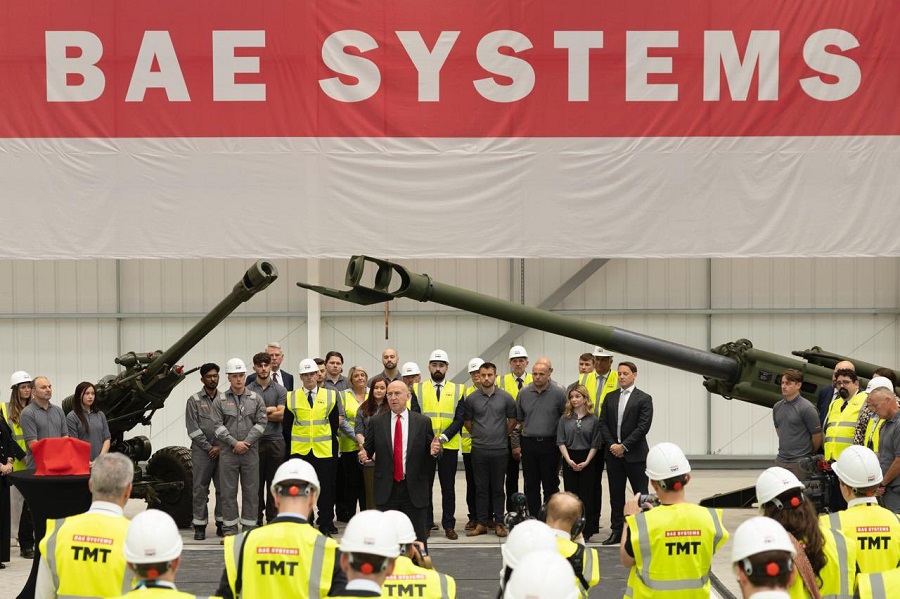
Despite soaring global demand for new fighters, the UK’s aviation manufacturing is facing a steep decline—partly due to the perceived high cost and complexity of maintaining the Eurofighter Typhoon.
Meanwhile, European rivals are gaining ground: France’s Rafale has secured contracts with Indonesia, India, and Serbia, and Sweden’s Gripen is being offered to Peru, Colombia, and Thailand.
Read more: How an F-16 Shot Down a Ballistic Missile and Why the Concept Was Abandoned




